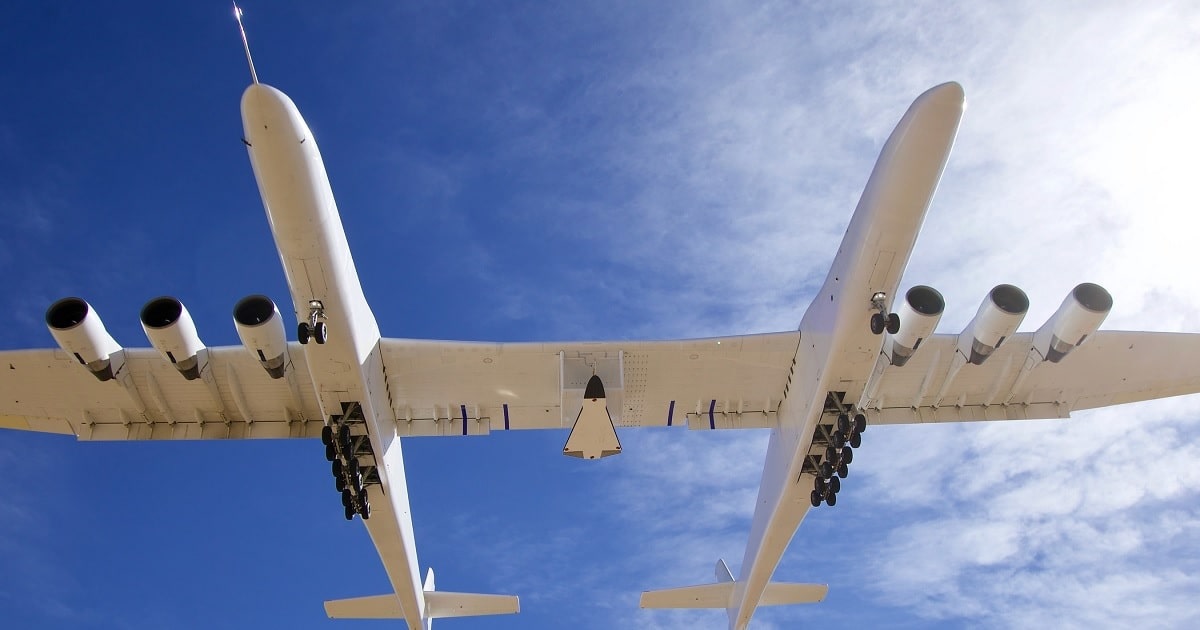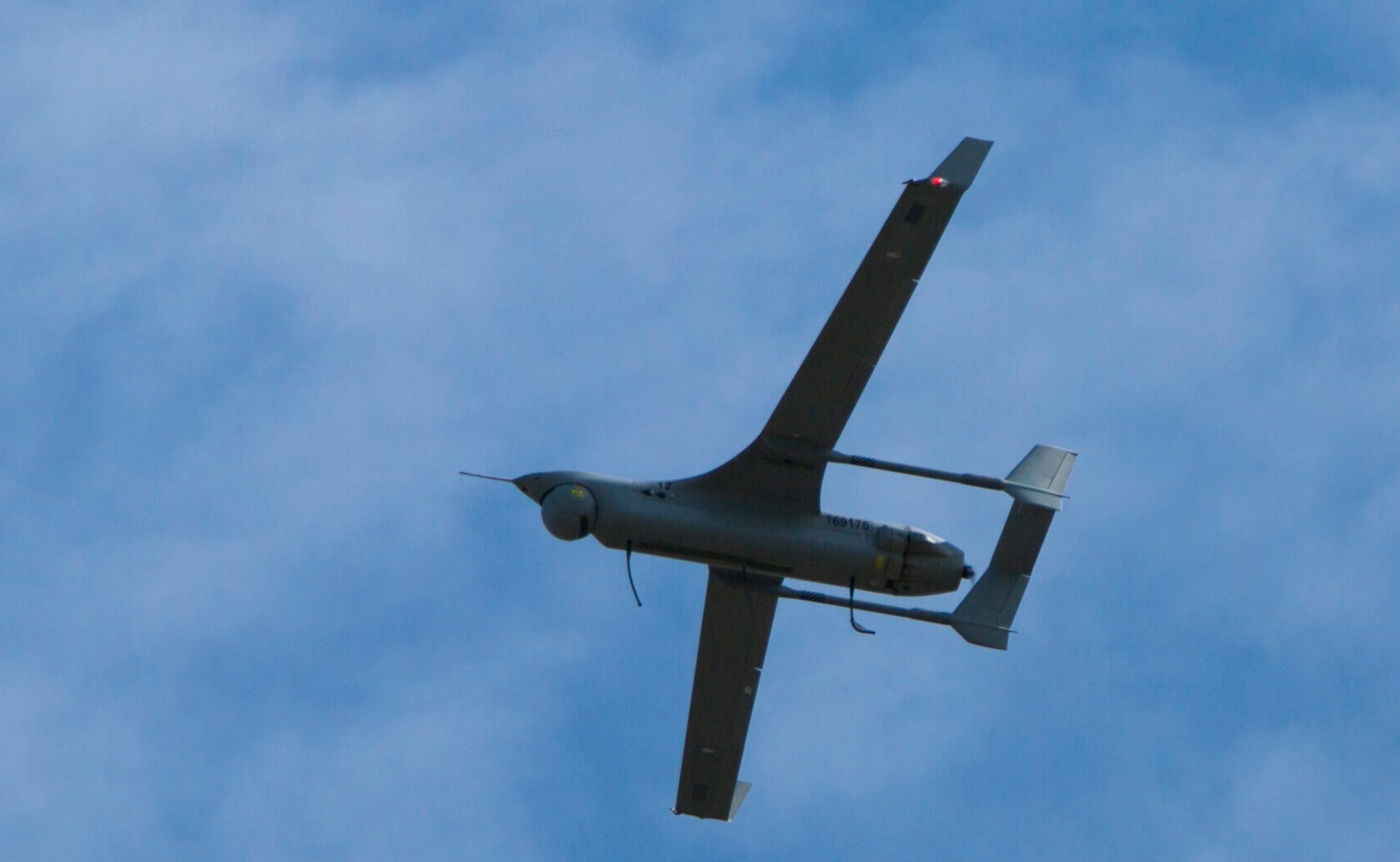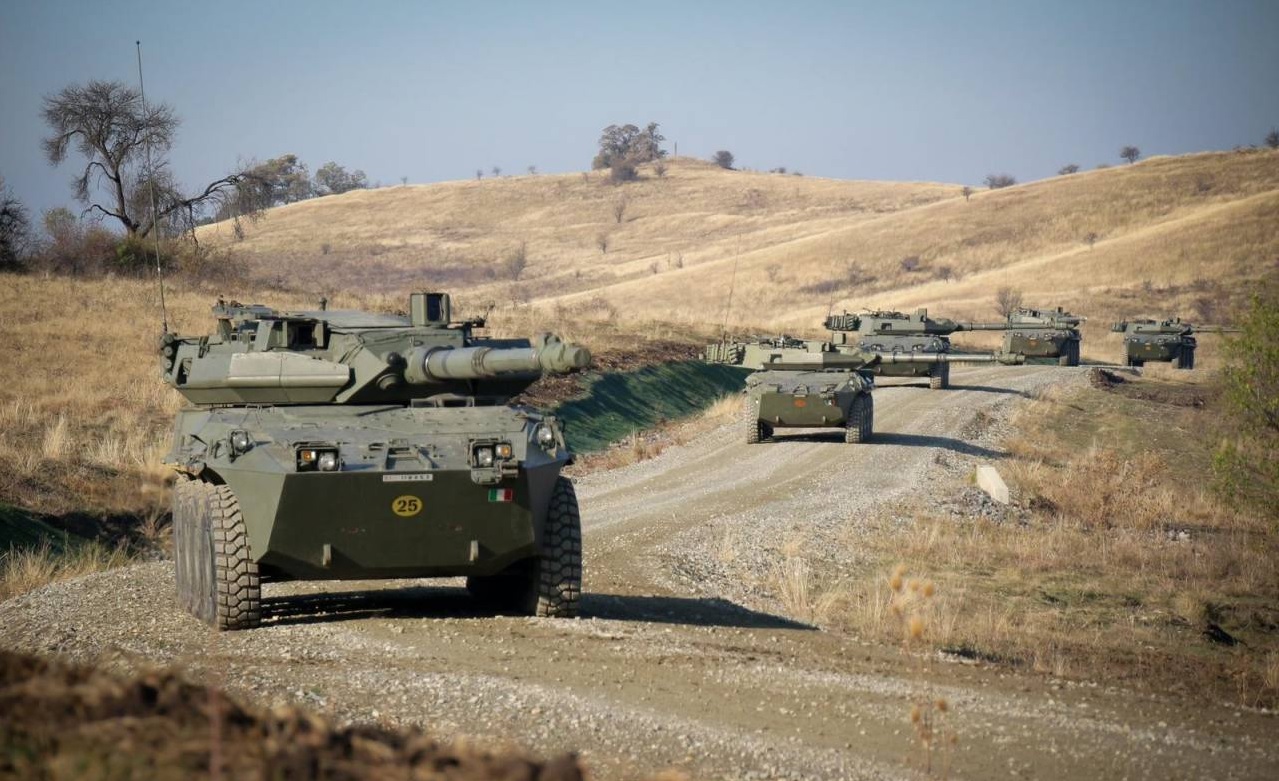Stratolaunch Roc set to launch Talon-A on first hypersonic flight

In the realm of Middle Eastern mythology, the
Roc, a formidable avian creature, is renowned for its strength, capable
of grasping an elephant in its talons. Drawing inspiration from this
legendary bird, the Stratolaunch company has brought forth the colossal
Roc aircraft, an engineering marvel named after the mythical
griffin-like being. This aircraft boasts the extraordinary ability to
carry an astonishing 500,000 pounds of payload, equivalent to the weight
of over 33 large elephants. Its wingspan, an impressive 385 feet,
distinguishes it as the widest operational airplane, necessitating an
entire hangar at the Mojave Air and Space Port in California to
accommodate its grandeur.
Aaron Cassebeer, Senior Vice President
for Engineering at Stratolaunch, revealed in an interview with C4ISRNET
that witnessing the entirety of the Roc requires moving it out of the
hangar, underscoring the sheer magnitude of this airborne behemoth.
Originally
conceptualized as a space launch platform utilizing two Boeing 747
fuselages to transport small rockets to high altitudes for orbital
deployment, the Roc underwent a strategic shift in 2019. The company
redirected its focus towards a new mission: hypersonic flight testing.
Presently,
the Roc is undergoing preparations for a groundbreaking hypersonic test
flight, featuring the Talon-A hypersonic test aircraft. Anticipated to
reach Mach 5 speeds, this pivotal flight is slated to take place before
the year concludes. Following this inaugural flight, a subsequent
mission in early 2024 is planned, where the Talon-A system will achieve
hypersonic speeds and execute a runway landing.
The significance
of the Talon-A test campaign extends to the Defense Department hypersonic endeavors, concentrating on the development and deployment of
high-speed weapons. This initiative aims to counter similar systems
being developed by China and Russia. The Talon-A system could provide
the department with a reusable and cost-effective platform for testing
and validating high-speed components, subsystems, and other crucial
technologies, according to Zachary Krevor, CEO of Stratolaunch.
While
the exact cost of a single Talon-A flight remains undisclosed, Krevor
emphasized that it is significantly less than the average cost of
hypersonic flight tests conducted by the Department of Defense, which
typically amounts to around $100 million. The prospect of achieving a
monthly flight test cadence is expected to demonstrate a tangible return
on investment for the Defense Department by the end of 2025.
In
the lead-up to the first hypersonic mission, Stratolaunch engineers and
flight crews have meticulously prepared both the Roc and Talon-A through
a series of ground and flight tests. These include a drop test, taxi
test, and the recent completion of the first captive carry flight,
providing valuable data on Talon-A propulsion system.
As the
company evaluates data from these tests, the Talon-A production line
remains active, with three additional aircraft in various stages of
assembly. The company ability to manufacture multiple systems
simultaneously underscores its commitment to meeting the growing demand
for reusable hypersonic flight testing services.
Stratolaunch
strategic acquisition of a second carrier aircraft, a Boeing 747
formerly owned by Virgin Orbit, further positions the company to
accommodate the increasing demand for Talon-A flights. With a nearly
full manifest for 2024 and existing contracts to support test flights,
Stratolaunch innovative approach to hypersonic flight testing is poised
to make a substantial impact on the Defense Department pursuit of
advanced aerospace capabilities.



